How To Use Neem Oil In The Grow Room
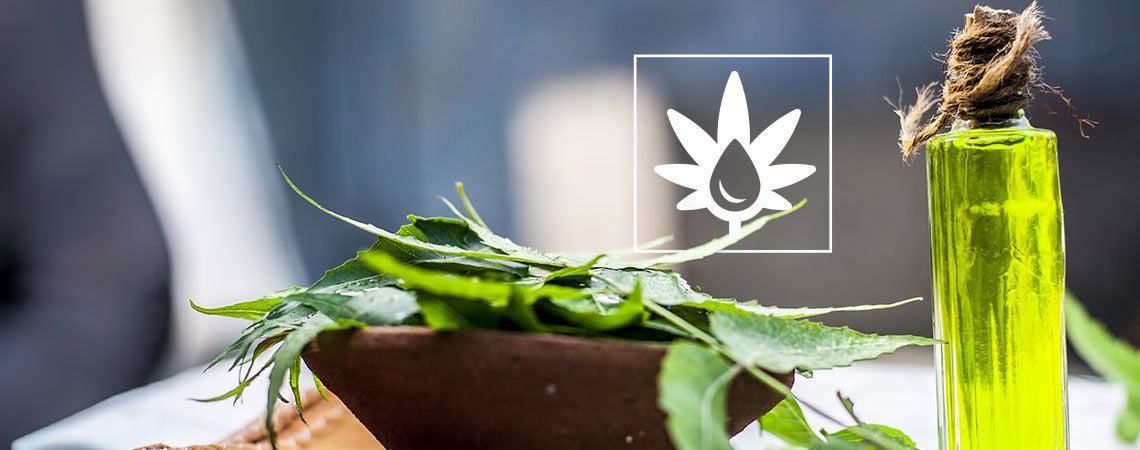
Neem oil is much-loved by those in the cannabis community who value environmentally sustainable ways to grow weed. This organic oil kills over 600 pests and does minimal harm to the wider environment. Learn how to use it in your indoor or outdoor cannabis grow.
Cannabis cultivation isn’t as intimidating as it may at first seem. That being said, it comes with its own set of challenges, such as lighting, feeding, the law, and— the topic of this article—pests and fungal infections.
For environmentally conscious cannabis growers, it can be difficult to know how to deal with pest infestations without using destructive, synthetic pesticides. Enter neem oil, a natural remedy that's been a game-changer for many gardeners. This wonder oil, derived from the seeds of the neem tree, offers a safe and effective way to combat common cannabis pests like spider mites, fungus gnats, and the dreaded powdery mildew.
In this article, we'll explore how neem oil works, its application on both indoor and outdoor cannabis plants, and some tips to ensure you get the best out of it and don’t inadvertently harm your grow.
How neem oil works
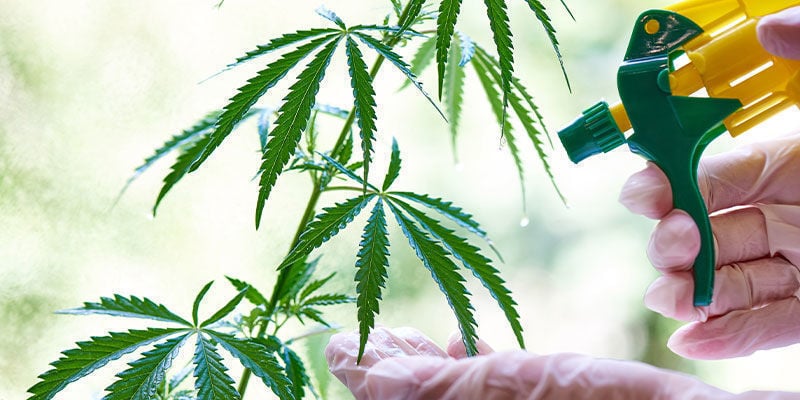
Neem oil contains azadirachtin, which repels and kills a range of insects. In fact, it is thought that over 600 cannabis-consuming critters can be dealt with using neem oil, making it a very effective tool for all gardeners.
Many growers, especially those growing outdoors, use neem oil every week or two as a precautionary measure, covering the plant with a fine spray to, pardon the pun, nip infestations in the bud. However, even if you only use it once an infestation occurs, it can still prove highly effective.
Applying neem oil is pretty easy. Generally, it is applied as a foliar spray, but it can also be used on soil in certain cases. For the most part, it should only be used on plants in the vegetative stage, as it can spoil the quality of buds—but more on this shortly. In the later sections, discover how to use neem oil both indoors and outdoors to fight cannabis infestations.
What is neem oil effective against?
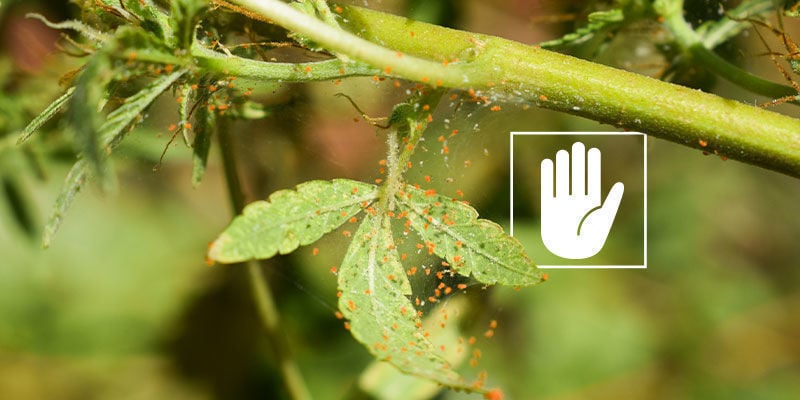
Neem oil is effective against a broad spectrum of cannabis-loving pests, including spider mites, which are notorious for their rapid reproduction and damage to plant leaves, and fungus gnats, another common headache for gardeners. It is also effective against aphids, whiteflies, caterpillars—the list goes on.
But neem oil's uses aren’t just limited to fighting off hordes of insects. It also plays a crucial role in preventing and addressing fungal diseases such as powdery mildew—a common affliction that leaves a white, powdery deposit over the leaf surface and can significantly affect plant health and yield.
The oil works by suffocating insects and interfering with the life cycle of fungi, preventing new spores from germinating. This dual action makes neem oil very effective for some of the most common infestations and afflictions that can scourge a cannabis grow. Given that it is also more environmentally friendly than other pesticides, it is considered by many to be the go-to choice when a grow is in need of assistance.
Do you spray neem oil on soil or leaves?
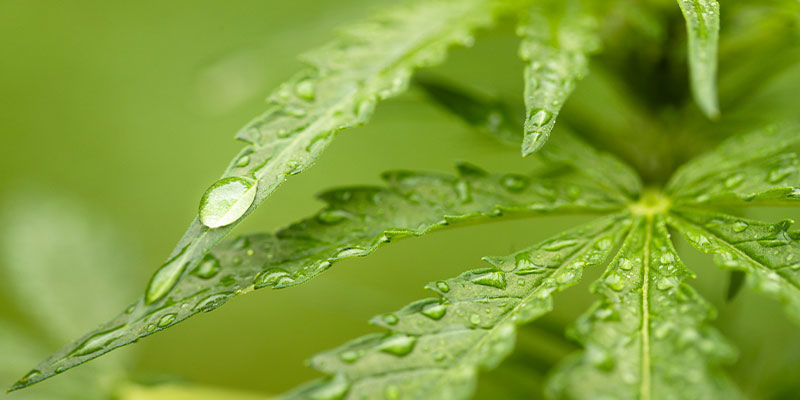
Most commonly, neem oil is applied to the green parts of the plant as a foliar spray—that is the leaves, branches, and stems (but hopefully not the flowers). But the effectiveness of neem oil extends beyond the above-ground parts of the plant; it can also be applied to the soil to combat pests like fungus gnats at their source.
When applied to the soil, neem oil affects the larval stage of various pests, preventing them from maturing and causing further damage to the plants. And for fungal infections, it inhibits their ability to reproduce, hopefully stopping a colony in its tracks. If you’ve cultivated a healthy rhizosphere full of beneficial organisms such as mycorrhizal fungi, then be aware that neem oil isn’t selective and will harm beneficial fungi and insects indiscriminately. So, depending on your setup, it might be helpful to add some rich compost to the soil after applying neem oil, to help it get back on its metaphorical feet.
When spraying neem oil on the leaves, it's crucial to do it during the cooler parts of the day, preferably in the early morning or late evening, to avoid the sun's peak hours. This is better as, if applied during the heat of the day, neem oil can magnify the heat and light from the sun, increasing the chances of burning the leaves.
Can I spray neem oil on my buds?
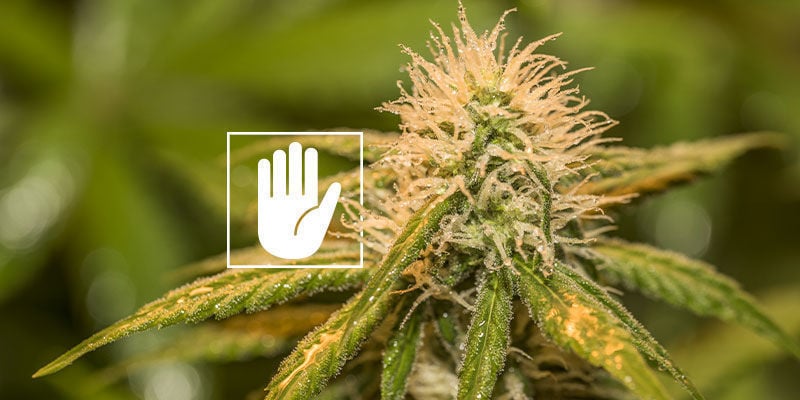
When it comes to flowering cannabis plants, caution is advised. Applying neem oil directly to the buds is not recommended as it can affect the taste and aroma of the final product. If pests are a concern during the flowering stage, focus on soil applications or lightly spray the foliage, avoiding the buds themselves.
If an infestation threatens to devour your grow, then you might find you have little choice but to use neem oil during the bloom stage. In this case, try to avoid the buds as much as possible. Not only will it leave a bitter taste when you come to consume them, but it can also inhibit resin production, thereby lowering the cannabinoid and terpene content of your harvest. At the very least, do not apply neem oil in the last three weeks of flowering.
How to use neem oil for indoor cannabis plants
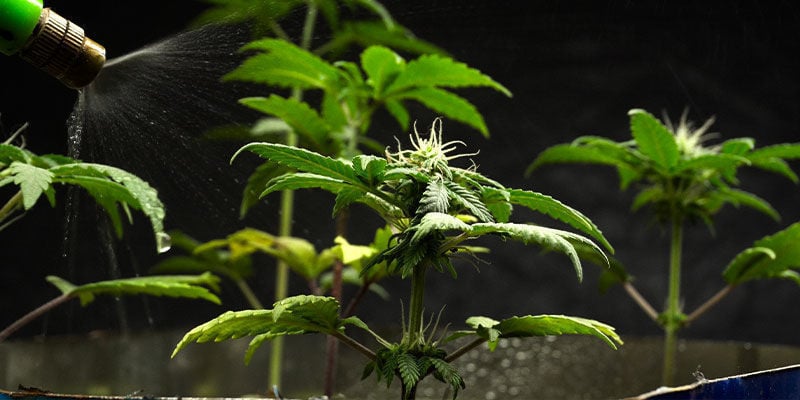
One of the many benefits of growing cannabis indoors is that it is well protected against most pests, be they insects or fungi. Of course, problems can still occur, but the chances are significantly lower compared to growing outdoors. Still, if some colony does show up to feast on your crop, here’s how to chase it away.
Instructions
- Mix neem oil solution: Mix 1–2 teaspoons of neem oil with 4–5 litres of water and a few drops of mild liquid soap, which acts as an emulsifier. Use warm but not hot water.
- Apply during dark hours: Spray the neem oil solution on your plants when the lights are switched off. Ensure to cover both the tops and undersides of the leaves for maximum coverage. Spray liberally, as your plant will be able to handle it, but the pests will be very upset.
- Repeat as necessary: Depending on the severity of the pest or disease problem, you can continue to spray each day that the problem persists, until it recedes.
How to use neem oil for outdoor cannabis plants
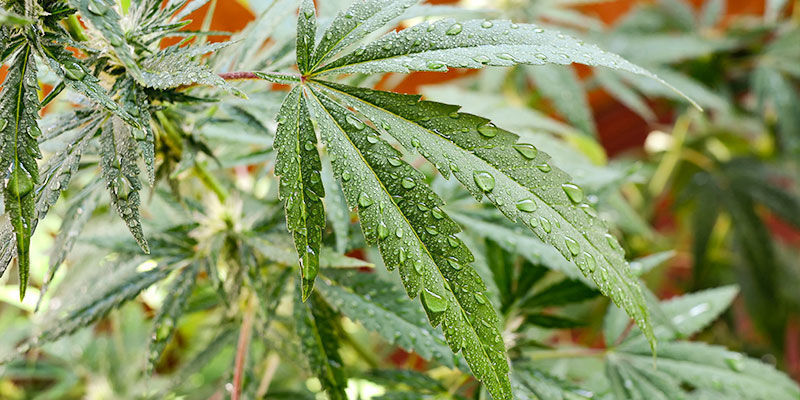
The instructions for applying neem oil to outdoor cannabis plants are similar to indoor applications, with a few adjustments for scale and environmental factors. You’re far more likely to need to use neem oil when growing outside, as you have no inherent protection against pests.
As previously mentioned, you can also apply neem oil once every week or so to outdoor plants as a preventative measure.
Instructions
- Prepare larger quantities: Depending on the size of your outdoor grow, you may need to prepare larger quantities of the neem oil solution. Make more than you’ll need, as you don’t want to run dry before you’ve solved the problem!
- Consider environmental conditions: Be mindful of the forecast, as rain can wash the neem oil off the plants, meaning your efforts will have been in vain. Wait until you have a dry moment. And, as mentioned, apply in the early morning or evening. If the sun is at its zenith then it may well burn the leaves, introducing an unwanted extra problem to your grow!
- Be thorough: Outdoor plants are more exposed to pests and diseases, so ensure thorough coverage of all plant parts, including stems.
- Repeat as necessary: Outdoors, you're more likely to have to keep applying neem oil for a little while to ensure an infestation is properly dealt with. But don’t despair—it should work!
Tips for using neem oil on cannabis plants
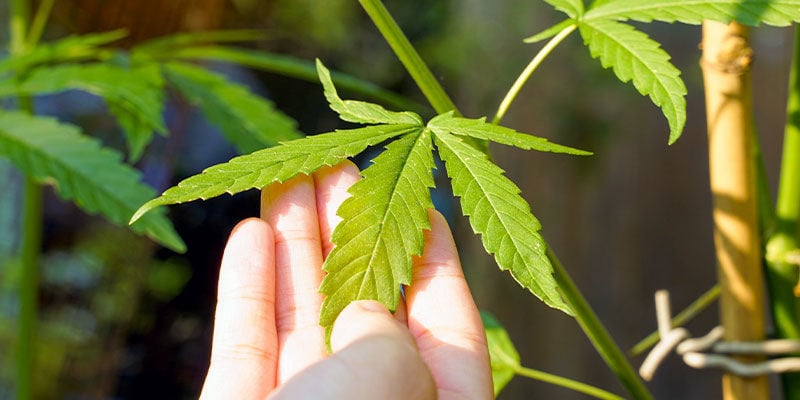
- Consistency is key: Regular applications of neem oil can prevent pest and disease outbreaks before they start.
- Avoid overuse: While neem oil is safe, overuse can lead to stressed plants. Stick to recommended concentrations and frequencies, and use it conservatively if there is no infestation present.
- Monitor plant health: Keep an eye on your plants after applying neem oil, looking for signs of stress or adverse reactions.
- Mix with an emulsifier: As mentioned, adding something like soap or washing liquid can improve your neem oil solution, helping it to bind to plants and pests, thereby making it more effective.
- Use warm but not hot water: When mixed with warm water, neem oil disperses more easily. However, if you use water that's too hot, then the helpful enzymes can denature, rendering your concoction impotent!
- Warm oil up before mixing: If possible, try to warm your neem oil up before mixing it with water, as it will become more fluid the warmer it becomes. The ideal temperature is 25ºC, but room temperature will also be very helpful.
Is neem oil safe for cannabis plants?
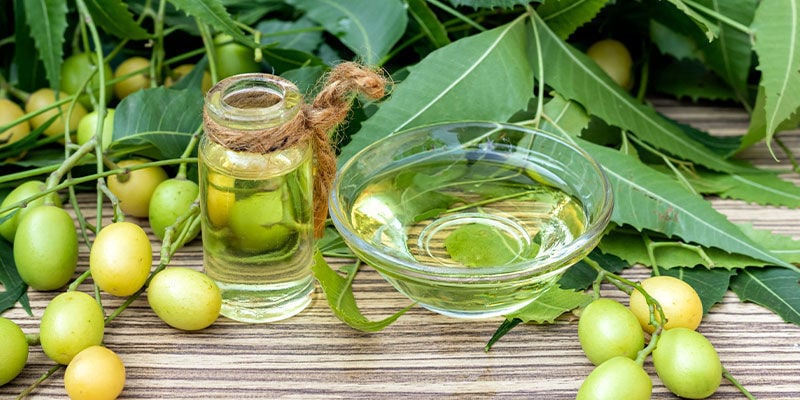
Neem oil is widely regarded as safe for cannabis plants, offering an organic alternative to synthetic pesticides. Its natural origin and biodegradable nature make it a preferred choice for eco-conscious growers. While it is generally safe for plants and the wider environment, large quantities of neem oil can still be damaging. The overapplication of neem oil, or the application of highly concentrated neem, can damage cannabis plants, so you should be careful even when applying this fairly safe pesticide.
Most importantly, you should do your best to keep neem oil away from cannabis flowers, which it will damage. Potency will be reduced and flavour can be spoiled. Of course, you’ll have to weigh up the risks of using it if your flowers are under attack, but it’s worth bearing this in mind.
Neem oil is a versatile, effective, and safe option for managing pests and diseases in cannabis cultivation. By following the guidelines for application and using it judiciously, growers can protect their plants without resorting to harsh chemicals. Remember, the key to successful pest management is not just in the treatment but in the consistent care and monitoring of your plants' health.












 United States
United States










